I like to call all horse people who use treats as reinforcers in training (to get behaviour) horse trainers. They are deliberately influencing their horses’ behaviour. I love that!
When they talk about using treats in training often lots of objections are raised. In this series I give solutions for these common objections and beliefs.
Common beliefs about Treats in Training
I asked my Facebook friends to help me out with some common believes that live in the equine world about treats in training. Thank you all for helping me. I will quote the answers:
- Hand-feeding creates mugging horses
- Hand feeding makes them bite.
- That it instantly makes them fat.
- Hand feeding horses is bad because it turns them into monsters, they get rude, pushy and bite everyone.
- That’s bribing and horses do X only for treats but not out of respect towards the person treating them!
- They get Treat Crazy, and will not be able to think or focus on what they are doing.
- It will make your horse aggressive pushy and mouthy.
- Hand-feeding makes them spoiled and they will refuse to eat out of a bucket and you will have to exchange it for a gilded bowl.
- It makes them nippy, aggressive, pushy, space invading.
- You can only hand-feed your horse twice.
- They’ll kill you if you forget your treat bag once upon a time in the future.
- It’s unnatural (as opposed to using carrot sticks and spurs and what not), since horses don’t feed one another in reward for tasks.
- It’s super dangerous, for when done incorrectly it turns them into raging killing machines that can never be re-educated.
- Only hand-feed grain and hay but not treats because it will send the wrong message to the horse.

Let’s see how we can prevent these objections from happening.
In this blog I gave solutions for objections 1, 2, 4, 7, 9 and 13. In my this blog I tackled objection #3.
Today I will share with you how I handle ‘Treat Crazy Horses’. I love that expression! I think it’s expressing exactly how eager that horse is! You can use that into your advantage in training!
Solutions for Horses that became ‘Treat Crazy’
How to deal with a horse that is treat crazy is really simple in fact. It is often not only the high value of the treat that causes frustration in the horse, it’s also the lack of clarity that makes horses behave this way. Part of the solution is to change to lower value reinforcers.
If you can give your treat crazy horse clarity when to expect a treat and when he can’t, he will become way calmer around food and food reinforcers. That is the other part of the solution: clarity.
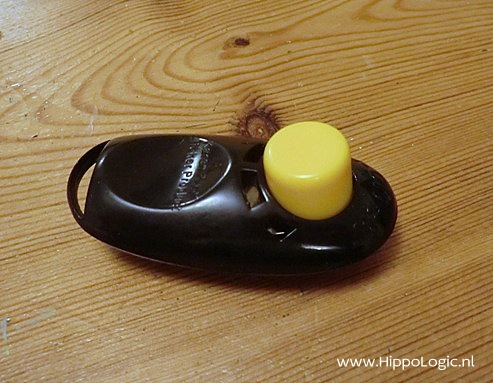
The way you teach him is by using a ‘bridge signal’ or ‘marker signal’ in your training. You can use a specific word you never use for something else or a specific sound like a click from a box clicker.
Stop feeding (from your horses’ perspective) ‘random treats’.
When you start using a marker signal, that marks the exact behaviour your horse got the reward for, the reward will turn into a reinforcer. It will strengthen the clicked behaviour. This is how positive reinforcement trainers use treats to train behaviours.
Horses are smart and they figure out quickly to ‘get you to click and reinforce’ them! When they start to offer the new behaviour consistently it is time for your next step in training. Teaching your horse to pay attention to the click is only the first step. In the Ultimate Horse Training Formula I explain how you start green horses with clicker training and how to avoid pitfalls.
This is how you can turn a Treat Crazy horse into a horse that loves your training!

If you want give your horse even more clarity start using a start session-signal and most importantly: an end session-signal. That is a simple way to teach your horse now your lesson starts and you can expect to earn treats. With your end of session/end of training-signal you tell your horse ‘Sorry, no more treats to be earned. Lesson is over.‘
The third piece of advice is to teach your horse the HippoLogic Key Lesson Table Manners for Horses (safe hand-feeding) with clicker training. This is the Key to Your Success to train with food reinforcers. This and more is covered in the complete home-study program Ultimate Horse Training Formula.
More blogs about Mugging and how to re-train it
Need help training your horse?
Are you a compassionate horse owner who wants to build a strong friendship with your horse? Would you like to understand your horse better and help your horse to understand YOU better? Get access to many online clicker training courses and a fabulous, supportive R+ community in our HippoLogic Clicker Training Academy. Check out the link!
Not sure? Start with a free clicker training assessment to get taste of what it feels like to work with me. When you have a specific struggle that you want to overcome, don’t hesitate to contact me. In this assessment you’ll discover what’s holding you back from accomplishing the things you want with your horse. After our conversation you’ll know exactly what to do, in order to move forward towards your goals.
Happy Horse training!
Sandra Poppema, B.Sc., founder of HippoLogic & HippoLogic Clicker Training Academy

Join us!




 Train wanted behaviour quickly
Train wanted behaviour quickly Feeding treats as a reward won’t necessarily get you the desired outcome. You have to use treats as reinforcer. To strengthen behaviour, not just to reward behaviour.
Feeding treats as a reward won’t necessarily get you the desired outcome. You have to use treats as reinforcer. To strengthen behaviour, not just to reward behaviour.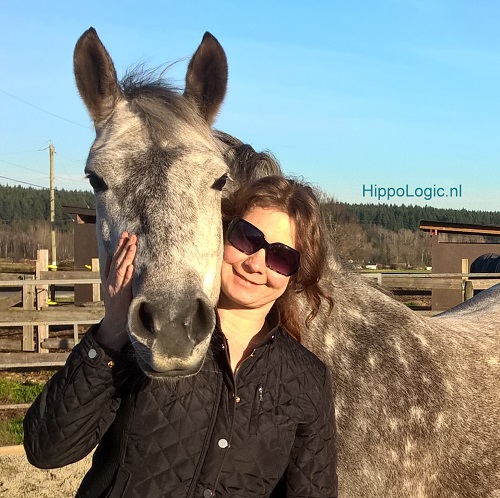

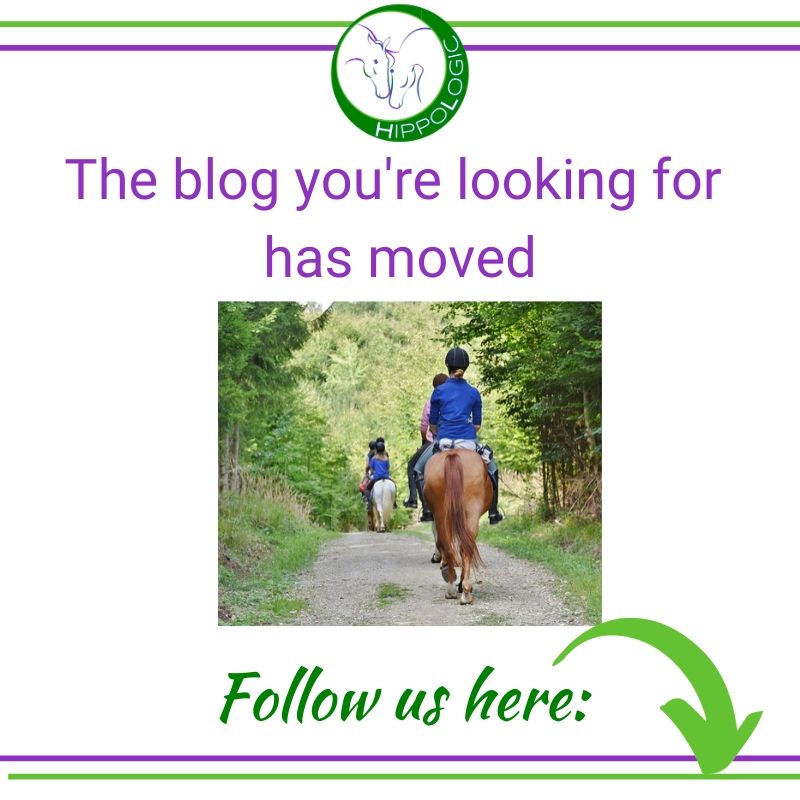
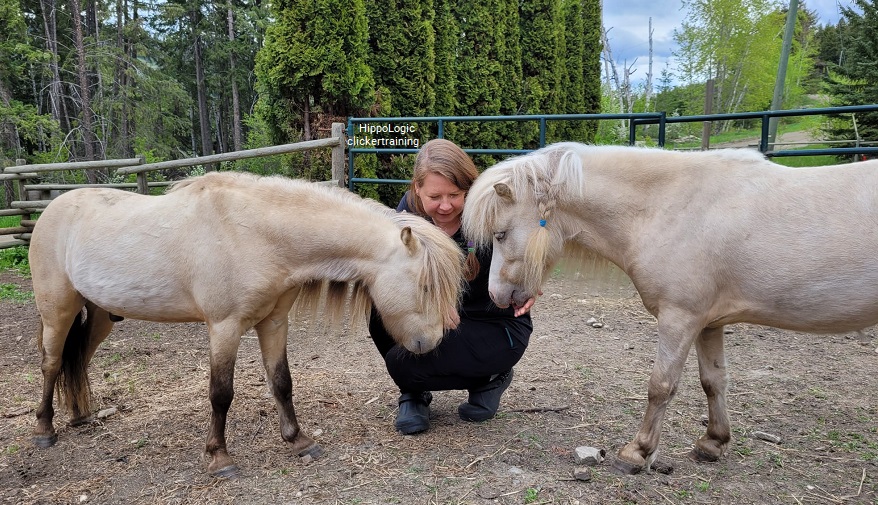


 Preventing pitfalls
Preventing pitfalls



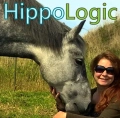
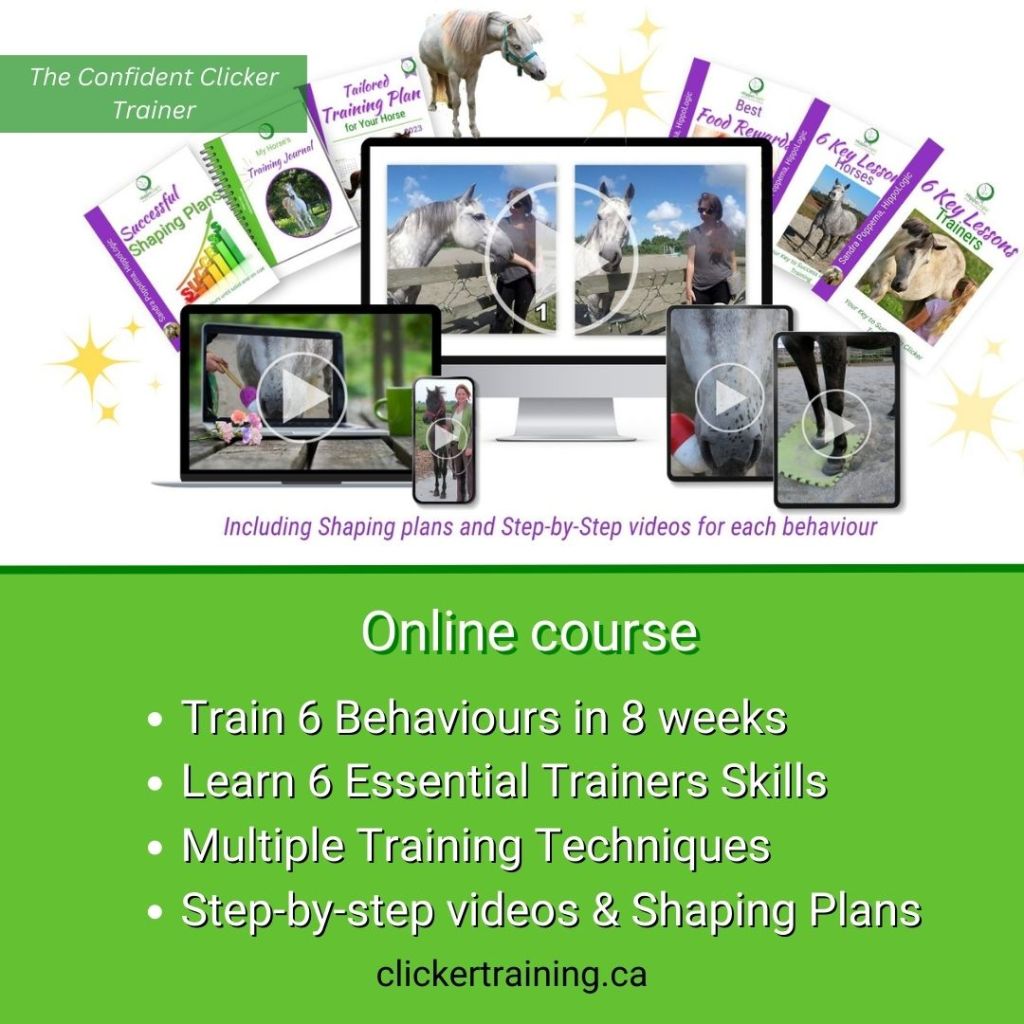




You must be logged in to post a comment.